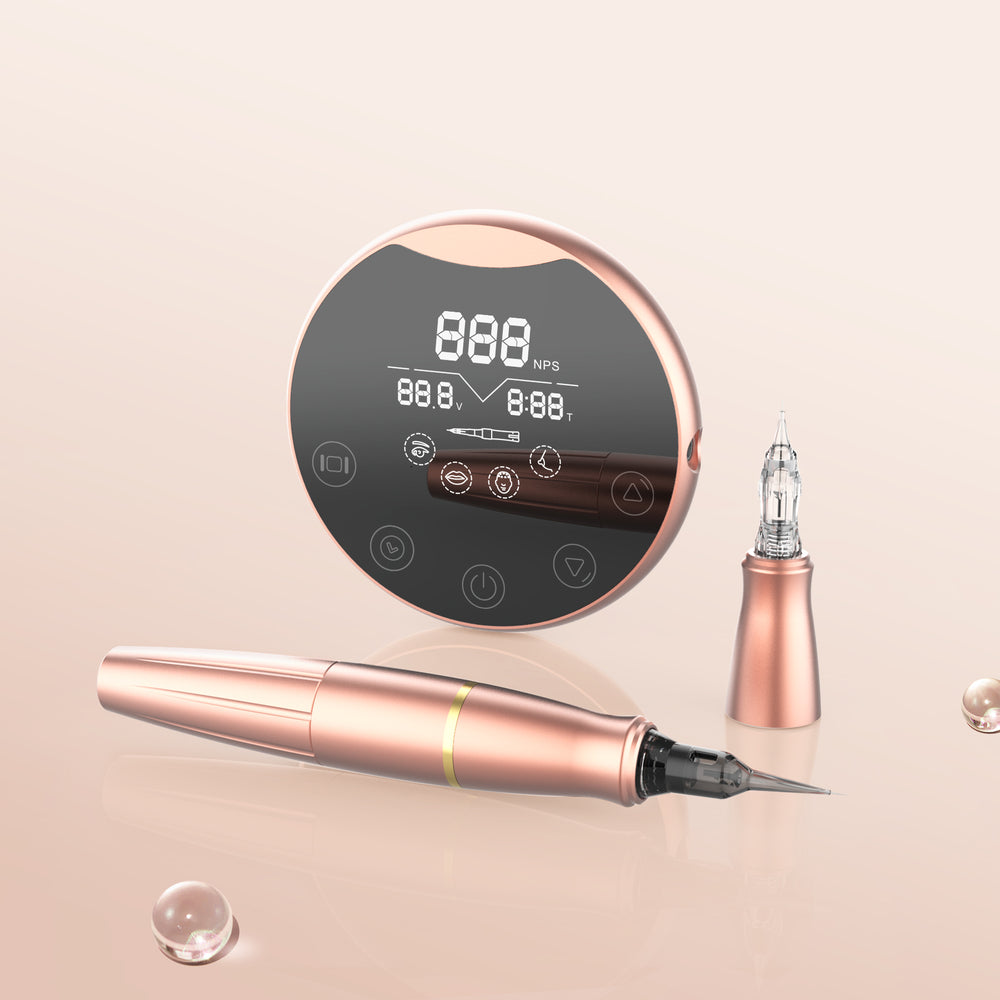Introduction to Stick-On Transfer Paper
For DIY enthusiasts, stick-on transfer paper is a game-changer. This versatile material allows you to transfer intricate designs onto various surfaces with ease. Whether you're customizing t-shirts, creating home décor, or personalizing gifts, stick-on transfer paper offers a simple and effective solution. In this comprehensive guide, we will delve into the nuances of using stick-on transfer paper, providing you with the knowledge to elevate your DIY projects.

Understanding the Basics
Stick-on transfer paper, also known as adhesive transfer paper, is a special type of paper coated with a heat-activated adhesive. When heated, the adhesive melts and bonds the design to the target surface. This process is commonly used in crafting, fashion, and home décor. The key to successful transfers lies in selecting the right type of transfer paper for your project and understanding the application process.
Types of Stick-On Transfer Paper
There are several types of stick-on transfer paper available, each suited for different materials and applications. Here are a few common types:
- Inkjet Transfer Paper: Ideal for printing designs using an inkjet printer. This type is perfect for fabric projects like t-shirts and tote bags.
- Laser Transfer Paper: Designed for use with laser printers, this paper is suitable for hard surfaces like wood, metal, and ceramics.
- Vinyl Transfer Paper: Used for transferring vinyl decals onto surfaces such as glass, plastic, and walls.
Choosing the right type of transfer paper is crucial for achieving the best results. Always consider the surface material and the printer type when making your selection.
Step-by-Step Application Process
Applying stick-on transfer paper involves a few straightforward steps. Here’s a step-by-step guide to help you get started:
- Design Preparation: Create or select your design using graphic design software. Ensure the design is mirrored if necessary.
- Printing: Print the design onto the transfer paper using the appropriate printer. Follow the manufacturer’s instructions for best results.
- Cutting: Trim the excess paper around the design to make application easier.
- Positioning: Place the transfer paper onto the target surface, ensuring it is correctly aligned.
- Heat Application: Use a heat press or an iron to apply heat and pressure to the transfer paper. This activates the adhesive and bonds the design to the surface.
- Peeling: Allow the paper to cool slightly before peeling it off to reveal the transferred design.
Following these steps will help you achieve a clean and professional-looking transfer every time.
Tips and Tricks for Perfect Transfers
To ensure your DIY projects turn out perfectly, here are some expert tips and tricks:
- Test First: Always perform a test transfer on a scrap piece of material to fine-tune your technique.
- Use Parchment Paper: Place a sheet of parchment paper between the transfer paper and the heat source to prevent scorching.
- Even Pressure: Apply even pressure when using a heat press or iron to avoid uneven transfers.
- Cool Down: Allow the transfer to cool completely before handling to ensure the adhesive sets properly.
By incorporating these tips into your process, you can achieve professional-quality results with every project.
Conclusion
Stick-on transfer paper is an invaluable tool for DIY enthusiasts looking to add a personal touch to their projects. By understanding the different types of transfer paper, mastering the application process, and utilizing expert tips, you can create stunning, custom designs with ease. We hope this ultimate guide to stick-on transfer paper has provided you with the insights and inspiration needed to take your DIY projects to the next level. Happy crafting!



